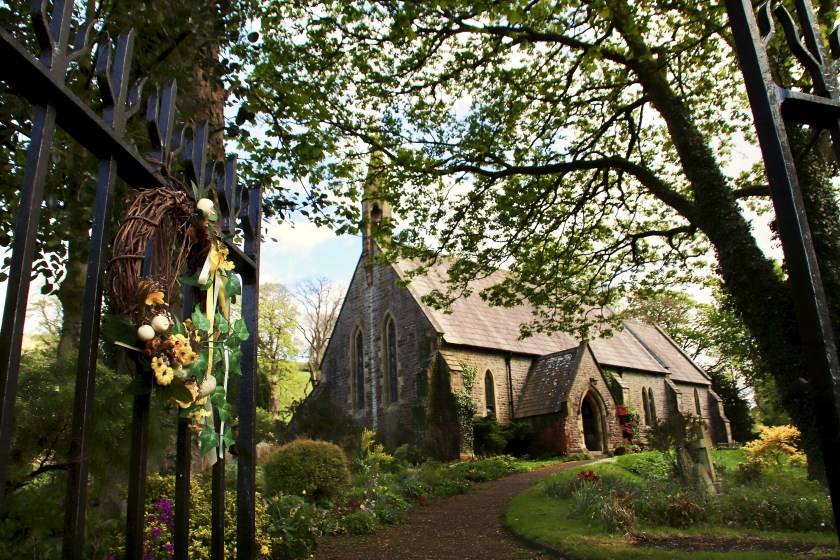
I brought my Alzheimer’s Memory Walk forward three days and managed just five miles before I felt my dodgy hip playing up. It’s 68 years old and creaking a bit, but then again, my other hip is exactly the same age and doesn’t hurt at all. However, I had an enjoyable walk for an extremely worthwhile cause.

A massive thank you to all those who donated. In a country controlled by those of privilege, wealth and greed, it is so gratifying to know generous and thoughtful people like you are around and willing to contribute towards helping the not so fortunate.

At the time of writing, my Just Giving page had registered £470 in donations which is fantastic. It’s still possible to donate at https://www.justgiving.com/fundraising/paul-jackson121

I walked on my own and was glad I did. It was a time to reflect on times with my sister (see story below) – and indeed my brother, who died of cancer in 2012. Back then I took part in a McMillan fundraiser in his memory. It was a longer walk where I was part of a group of around 30. Although a fine and worthwhile event, I felt like I was part of a procession. Some of the lovely participants seemed to have their heads down most of the way, talking about what colour curtains they would be having in the back bedroom, while I wanted to enjoy the scenery and think of the good times with my brother.

I’m more one for halting to watch a pair of butterflies, gawping at the view, pondering over ancient barns and walls or stopping for a photo break. So I’m probably not the best walking companion.

Why I did the walk
My sister is a dementia sufferer and it breaks my heart to think about her lost in a fog of memories. The last time the two of us properly connected was five years ago when we walked together from Langcliffe beside the Ribble to Stainforth Force, up to Stainforth village, returning via the Hoffmann Kiln and the river to Langcliffe mill pond. We shared some laughs clambering over stiles, I held her hand when she was wary of entering the dark kiln – a lovely day which (hopefully) I will never forget.
I walked roughly the same route again only the other way round, and after a rest took to the hills around home to view the route from above.

- Every three minutes someone in the UK develops dementia. That’s the equivalent of around 225,000 people every year. Just Giving sends donations directly to the Alzheimer’s Society.

Top cartoonist Tony Husband with whom I’ve worked on many occasions, is also a tireless dementia campaigner, helping many charities and causes. His book, Take Care Son, brings me to tears every time I read it:


































































































